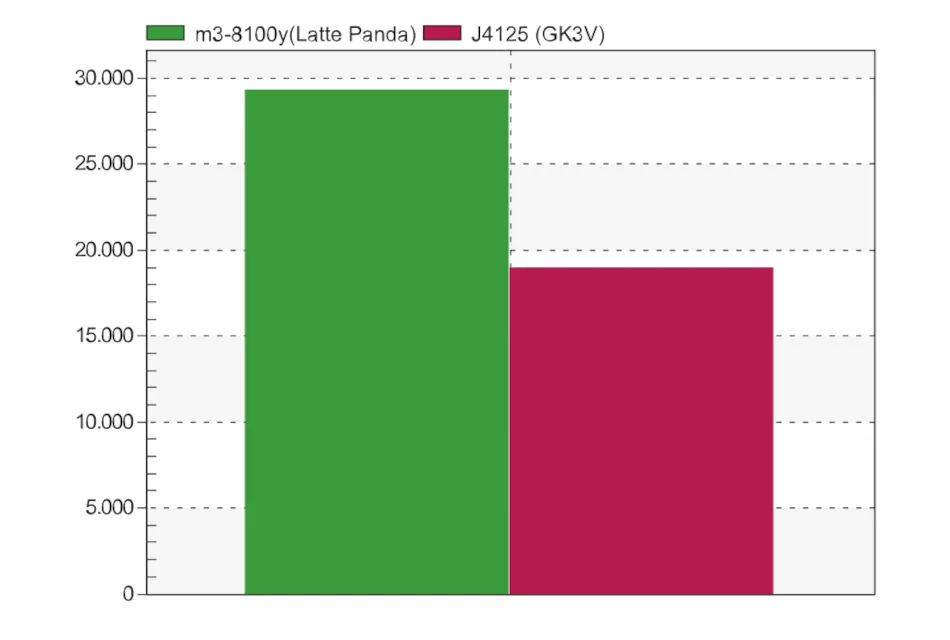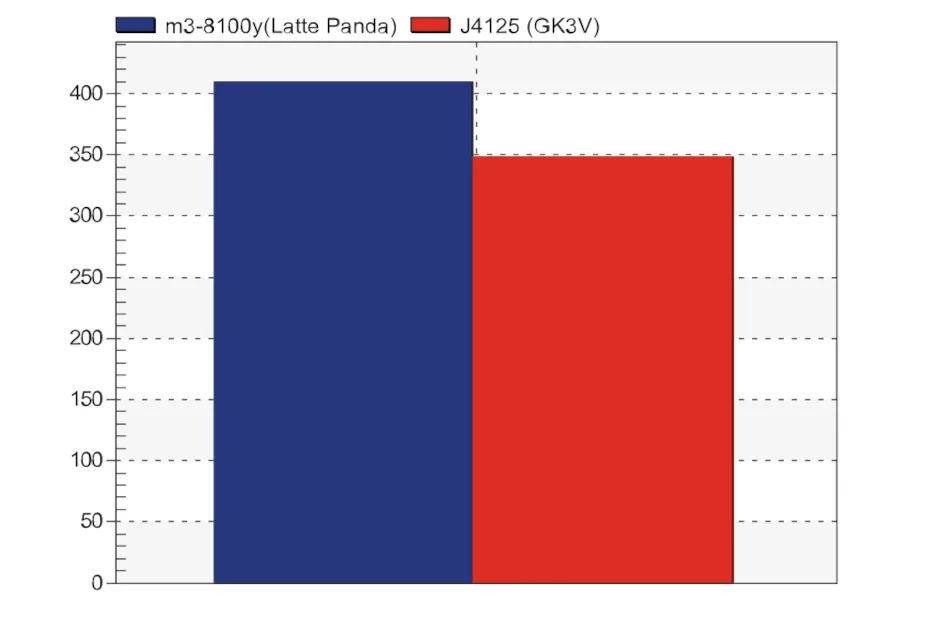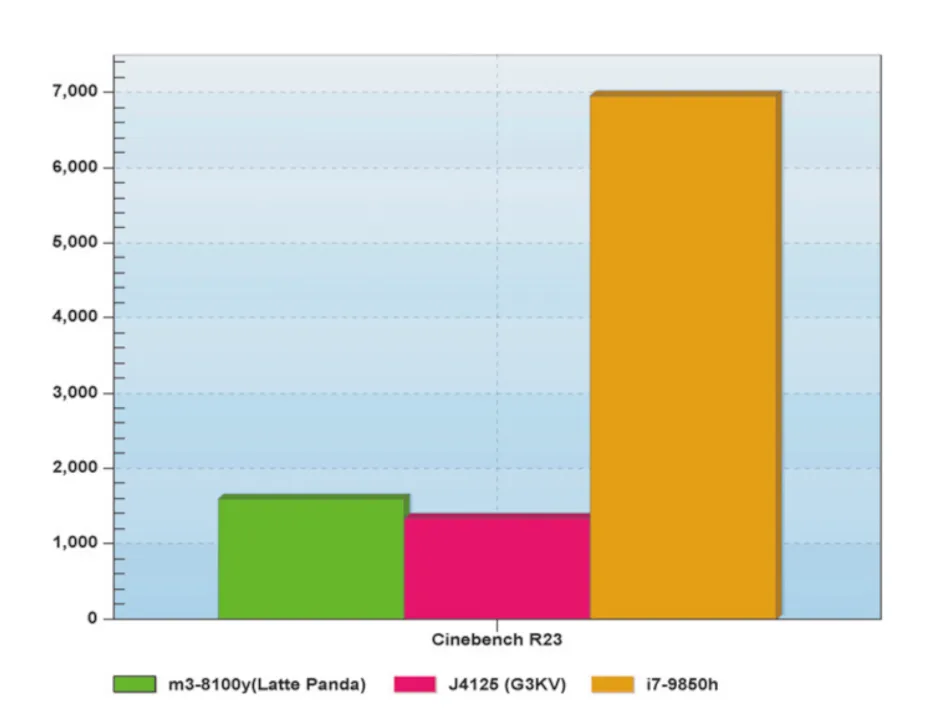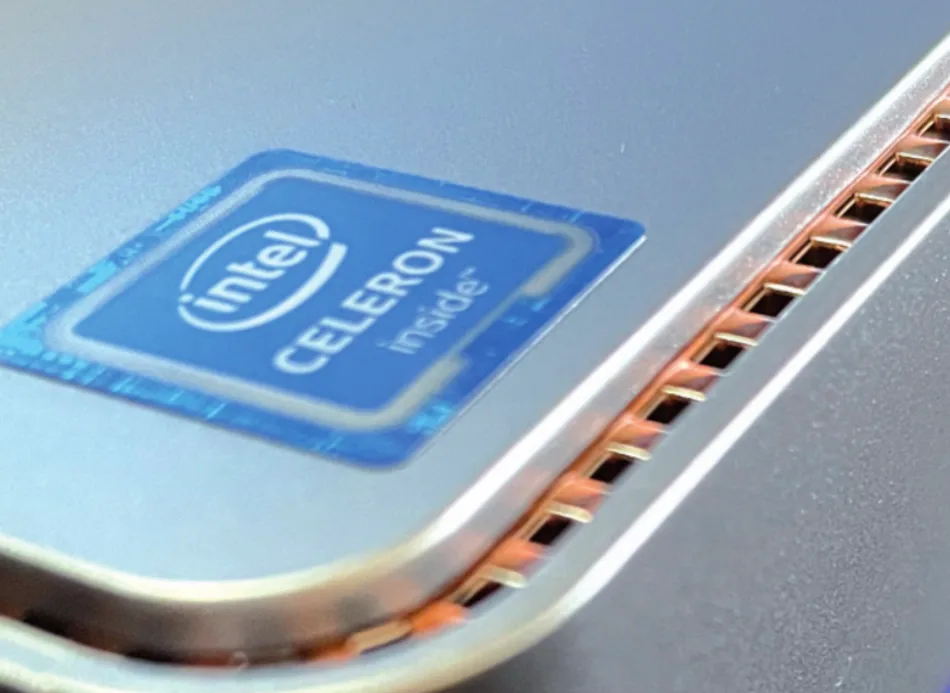ACEPC GK3V
A portable mini PC, a good solution for basic office applications and as a media server, but isn't ideal for more intensive server applications or serious work.
Pros
- Compact housing and easy installation
- Easy operation in Windows environment
Cons
- Somewhat weak performance only fit for basic daily tasks
- Expandability isn't the best, and the port selection won't hold up that well in a few years
There’s no doubt that the modern consumer SBC market has spun off from the original Mac Mini, giving users a complete computer in a tiny packaging that’s easy to place anywhere on cramped home or office desks.
While one branch of SBCs went and developed into open maker-boards with exposed peripherals and silicon-level hardware access, while the other branch went onto developing the aforementioned computers. Today we have one such low-cost offering from ACEPC, the GK3V computer, featuring an Intel Celeron J4125 with 8GB of soldered-on RAM and a 256GB Flashtype storage drive.

The review unit we’ve received retails for $235, but similarly specced models can be found in the $200-$280 price range. It also comes with an OEM version of Windows 10 Pro installed, which almost makes machines like this a steal, since the price of the OS is hardly lower than the entire system it comes on.
As far as connectivity and expandability goes, there’s an array of ports and also a SATA connector for an additional drive inside. The ports on the outside include a DC barrel connector for supplying power, 2 USB Type 2.0 ports, 2 USB Type 3.0 ports, two HDMI ports capable of 4K, a surprising VGA port on the side, a 3.5mm audio jack, a 1Gbps ethernet port and an SD card slot. This all adds up to a versatile package that’s expanded even further by its wireless capabilities – a 5GHz WiFi module and a Bluetooth 5.0 module.

We’re already getting the idea of this being a perfect home theatre or light office workload system.
With its Celeron CPU it won’t get much heavy lifting done, but 4K video playback and Microsoft Office, as well as Libreoffice run perfectly. Compared to the most similar system we’ve reviewed – the LattePanda Alpha 864s (retailing at $459), this little box fares surprisingly well. While not as powerful as the m3-8100y powering the Alpha, the newer Celeron chipset manages to hold up on its own with twice the number of cores and higher base clock speeds.
While held back by the lack of hyperthreading and turbo boost, the chip manages to never go up past 80 degrees celsius under full load. The 10W TDP is a tiny thermal envelope, allowing for minimal cooling. Just one fan provides airflow to the entire system, which never runs uncomfortably hot.
Now – the benchmarks.
In the online Octane JS benchmark it scored a total of 18947 points. The LattePanda scored almost 10 thousand points more in this test, knocking the GK3V out of the park.

In the BaseMark GPU test, the difference is less stark, as both CPUs use a fairly similar iGPU. The LattePanda scores about 20% better, but the ACEPC unit gets a respectable score of 348.22.

We ran Cinebench R23 and tested a several systems we have on hand. The multi-core score of a reference i7-9850H was 6954. The ACEPC scored 1337 on this test, while the m3-powered Alpha scored 1595 points. This is a minor difference between the two tiny systems, owing mostly to the stronger per-core performance of the m3-8100y.

Now, the real question is whether the $200 price difference is justifiable by the difference in performance. The Panda has a more direct IO with the processor, includes a built-in Atmel MCU, and offers more options for coders and tinkerers, such as a PCIe M.2 slot, but in the end, for those looking for a simple machine to run basic entertainment and office programs on, the much more affordable GK3V is the better option.
A wider range of everyday ports, especially the dual-HDMI + VGA combo allow this system to be a true powerhouse for small-scale presentations or board meetings, where a small, sleek system is important. We also believe the fast ethernet allows a device like this to be used as an amazing NAS machine, or a small-scale server.

All in all, the ACEPC GK3V is a low-power, but also low-cost computer that meets the demands of many, and that delivers a huge punch for its tiny $230 price tag.


